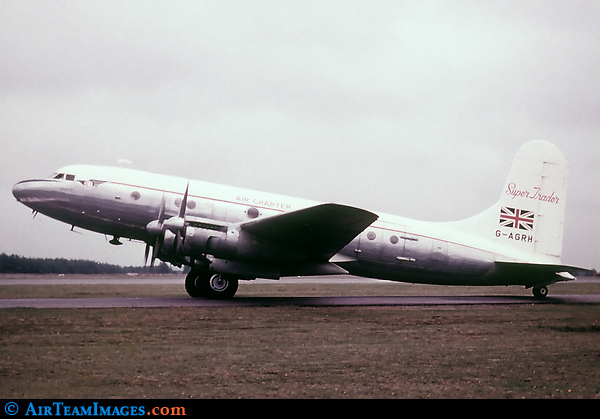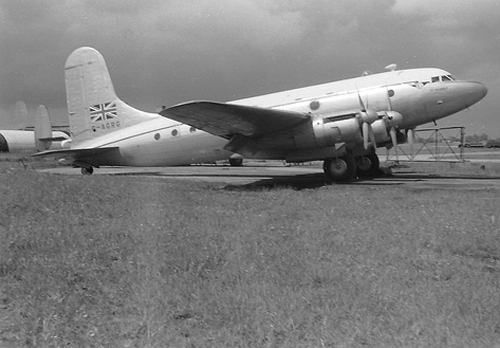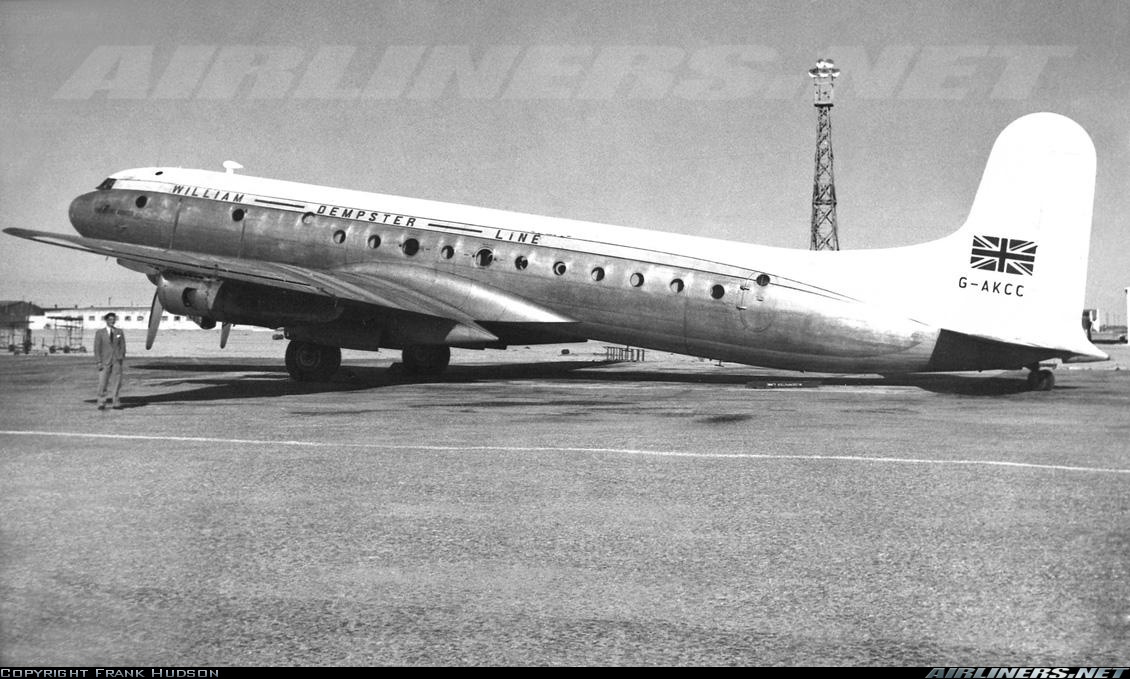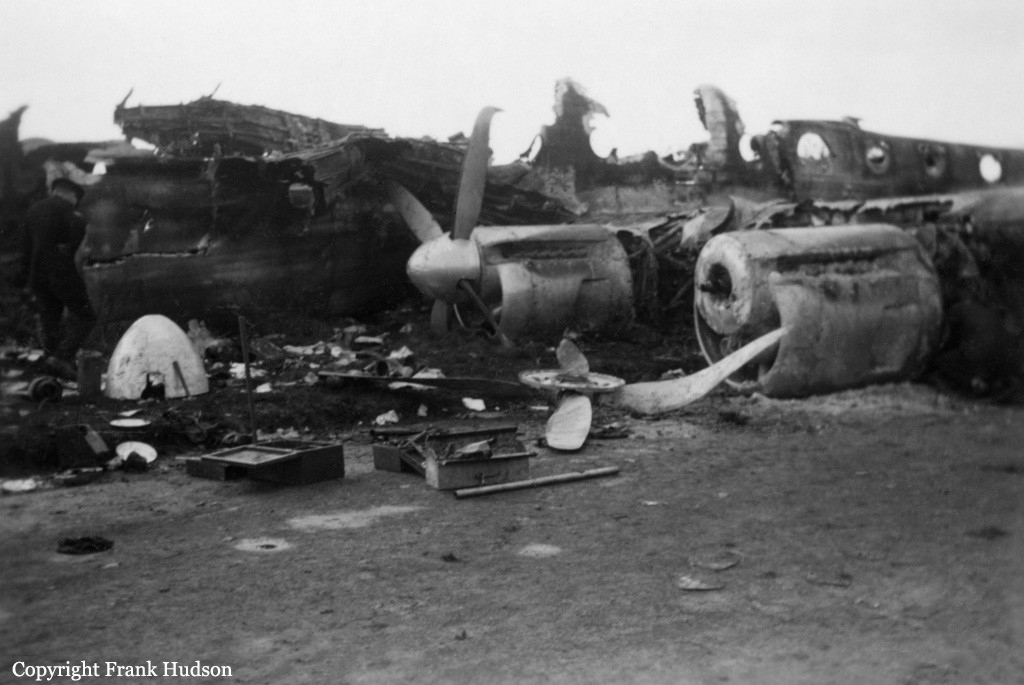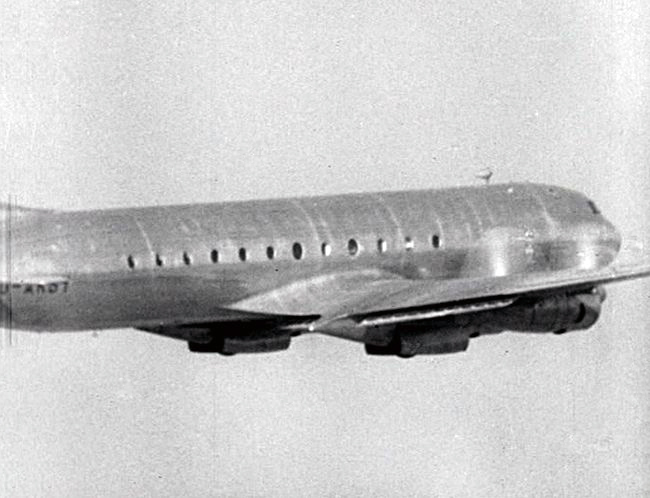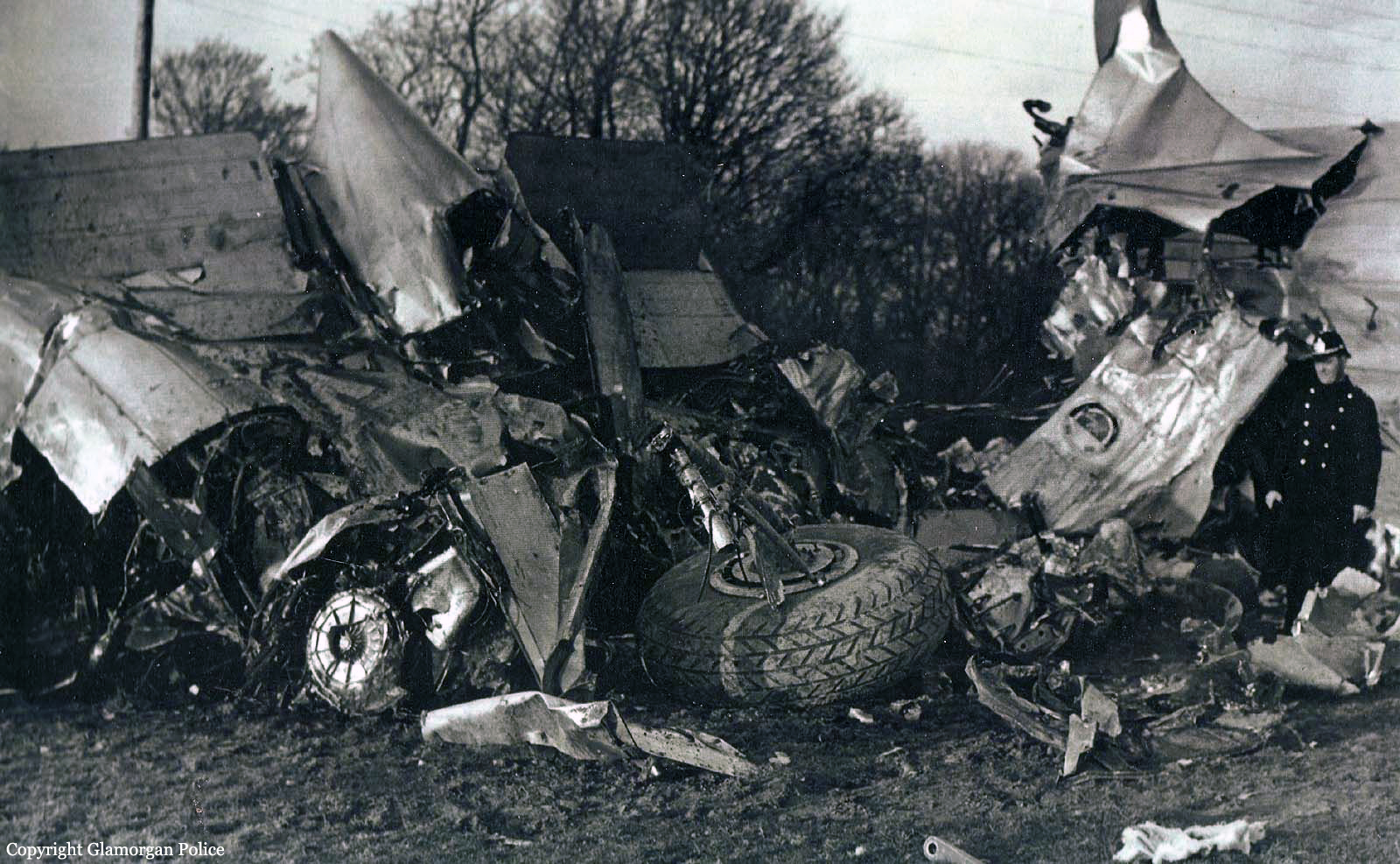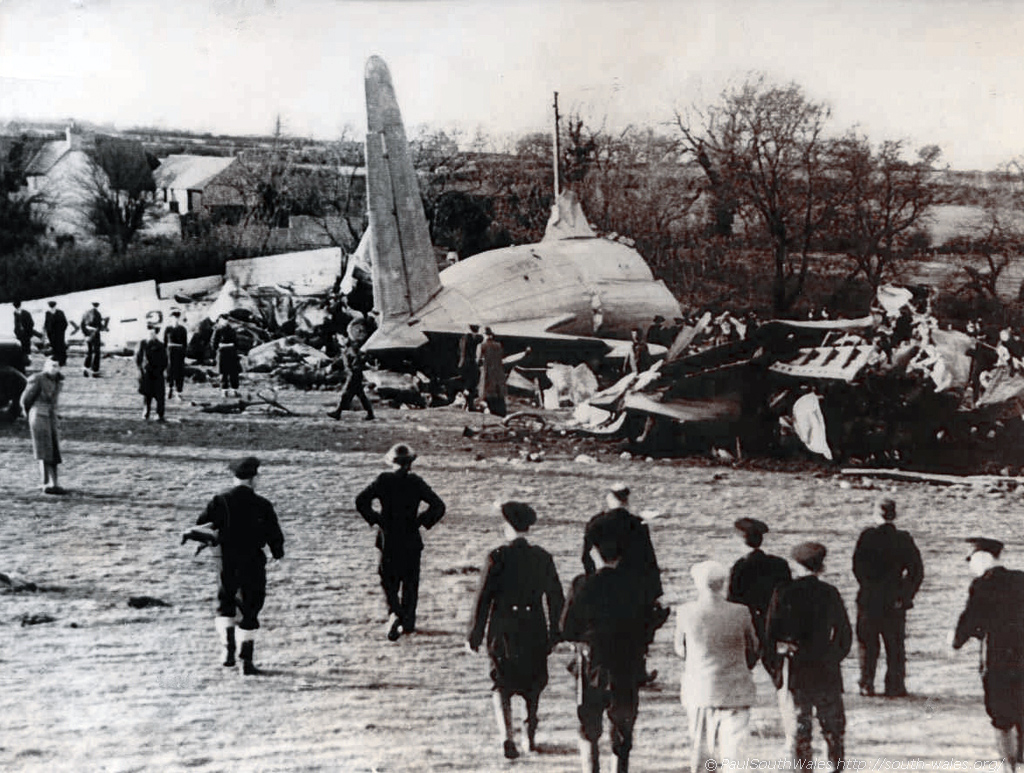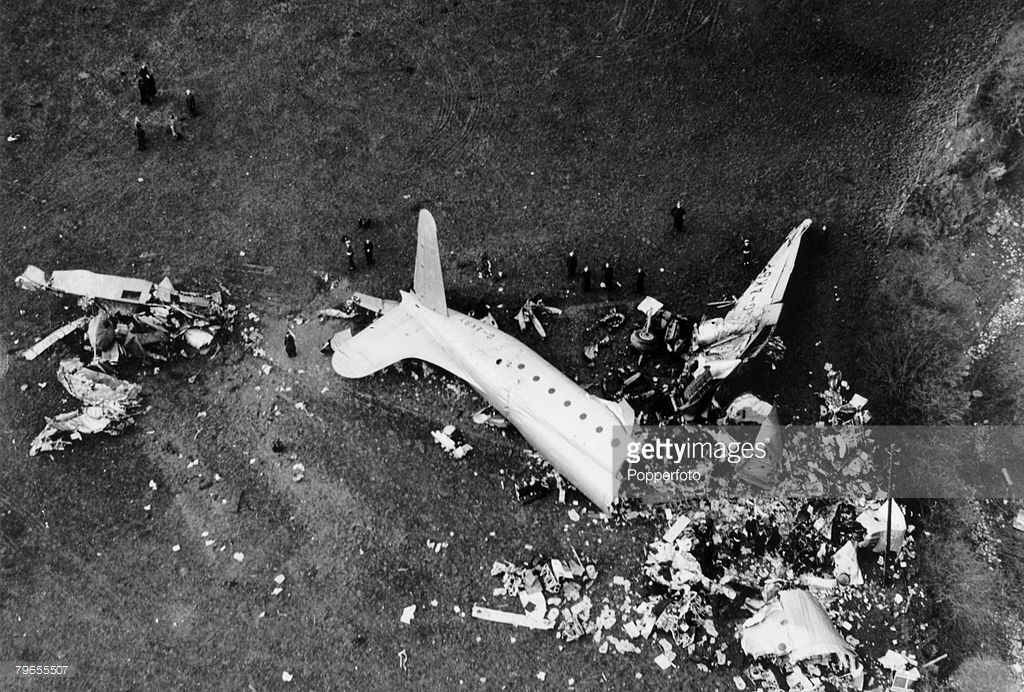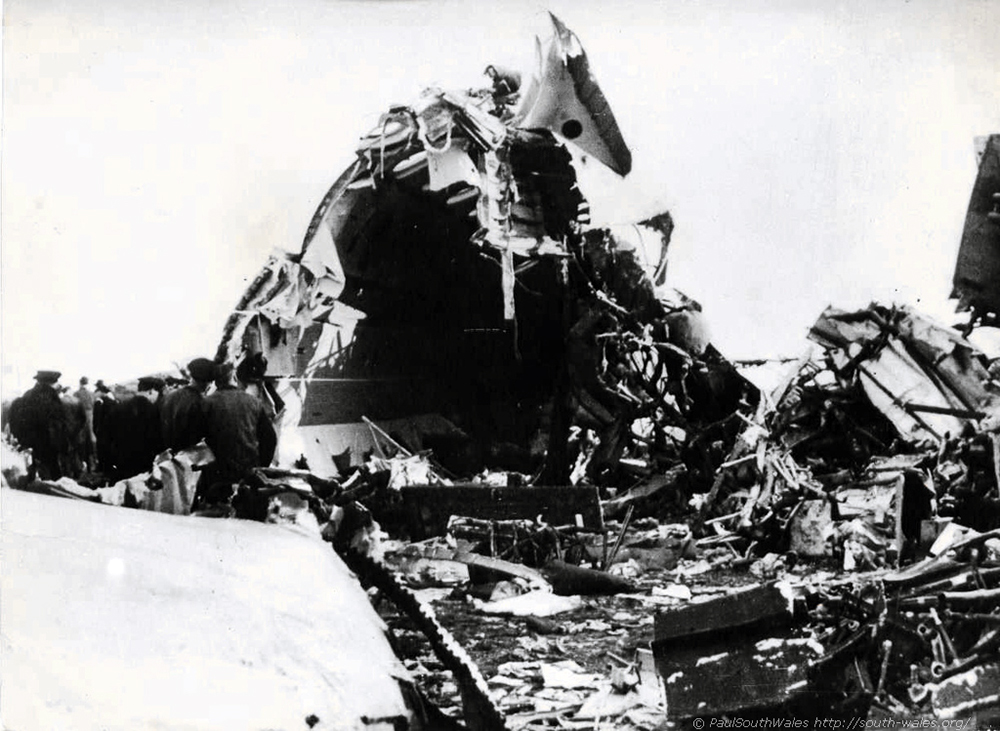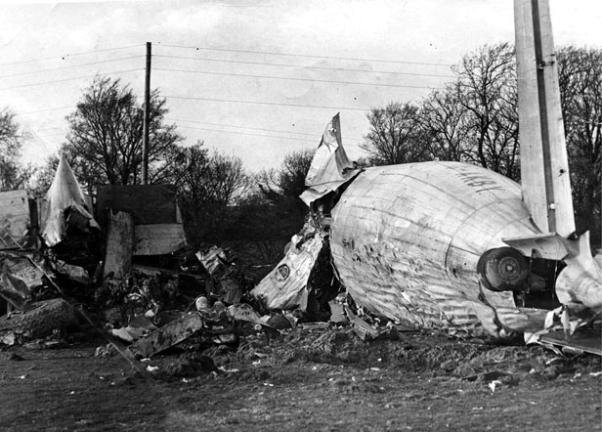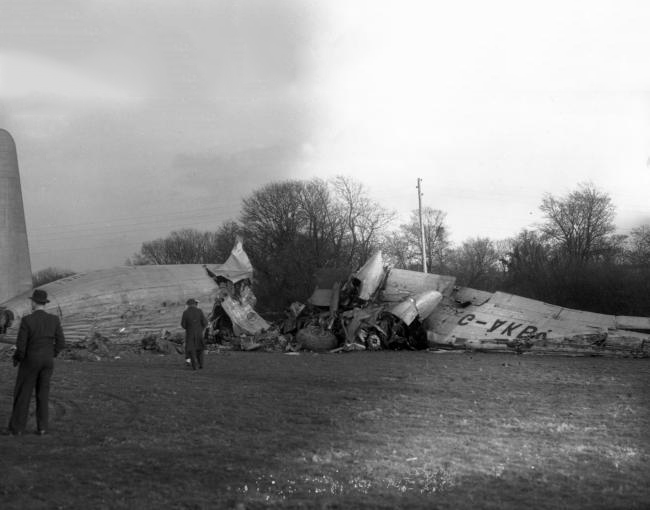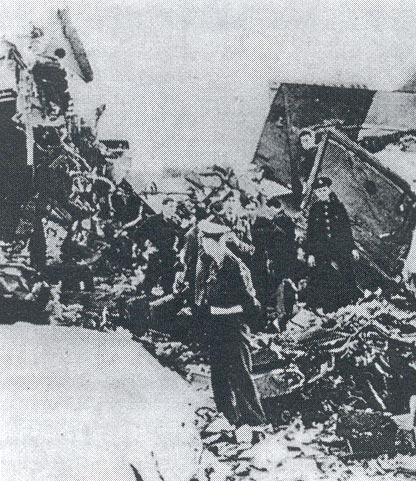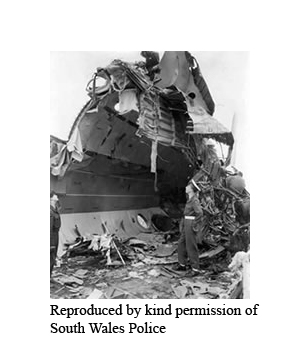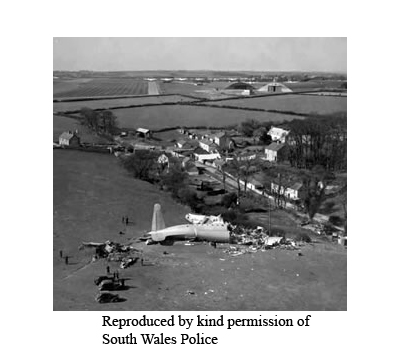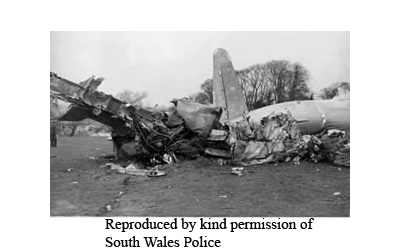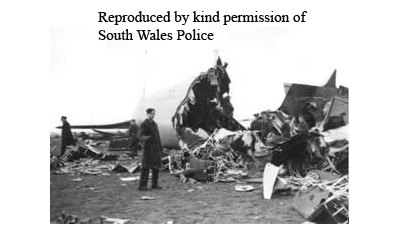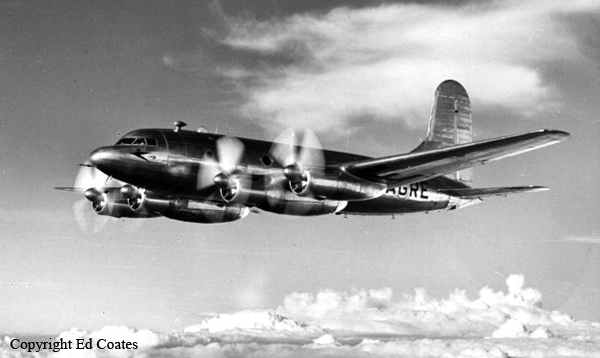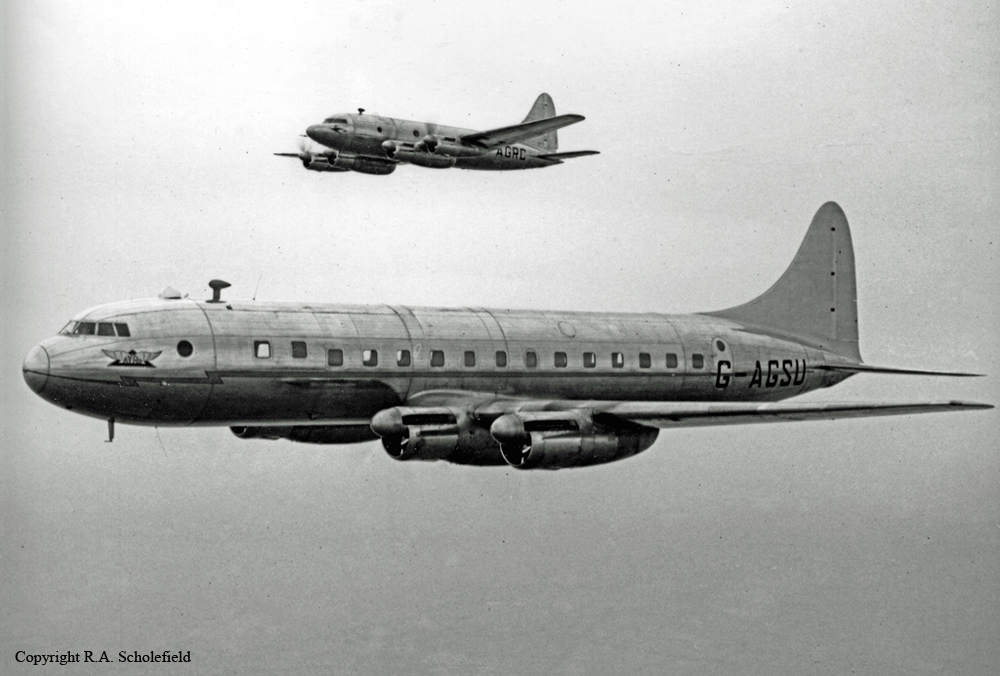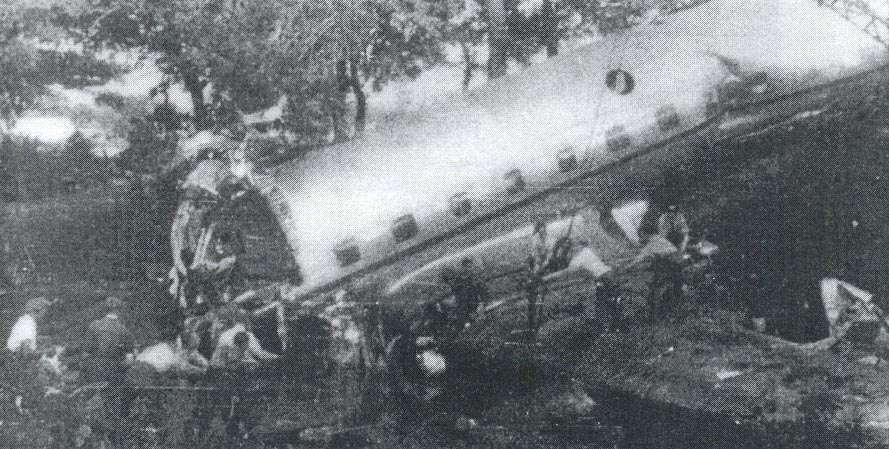Crash of an Avro 688 Super Trader 4B on Mt Süphan Dağı: 12 killed
Date & Time:
Apr 23, 1959 at 0946 LT
Registration:
G-AGRH
Survivors:
No
Schedule:
London – Ankara – Bahrain
MSN:
1256
YOM:
1945
Crew on board:
12
Crew fatalities:
Pax on board:
0
Pax fatalities:
Other fatalities:
Total fatalities:
12
Circumstances:
The four engine aircraft was performing a cargo flight from London to Bahrain with an intermediate stop at Ankara Airport, carrying a crew of 12 and various goods. At 0814LT, the airplane passed over Gemerek at an altitude of 11,500 feet then Elaziğ at 0859LT at 13,500 feet. The crew reported his position over Muş 27 minutes later and the contact was lost at 0946LT. SAR operations were conducted and the wreckage was found six days later on the slope of the Mt Süphan Dağı (4,158 metres high) located to the north of the Van Lake. The airplane disintegrated on impact and all 12 occupants were killed.
Probable cause:
The aircraft, flying on instruments, drifted north of its normal track because of strong winds and crashed into the mountain. Contributing factors were:
- The winds were stronger than forecast,
- An accurate bearing could not be obtained at Muş, and Van had not been checked,
- Sub-normal temperatures would result in a high indicated altimeter reading,
- Calculations on the flight and contacts with beacons were not coordinated and controlled.
- The winds were stronger than forecast,
- An accurate bearing could not be obtained at Muş, and Van had not been checked,
- Sub-normal temperatures would result in a high indicated altimeter reading,
- Calculations on the flight and contacts with beacons were not coordinated and controlled.
